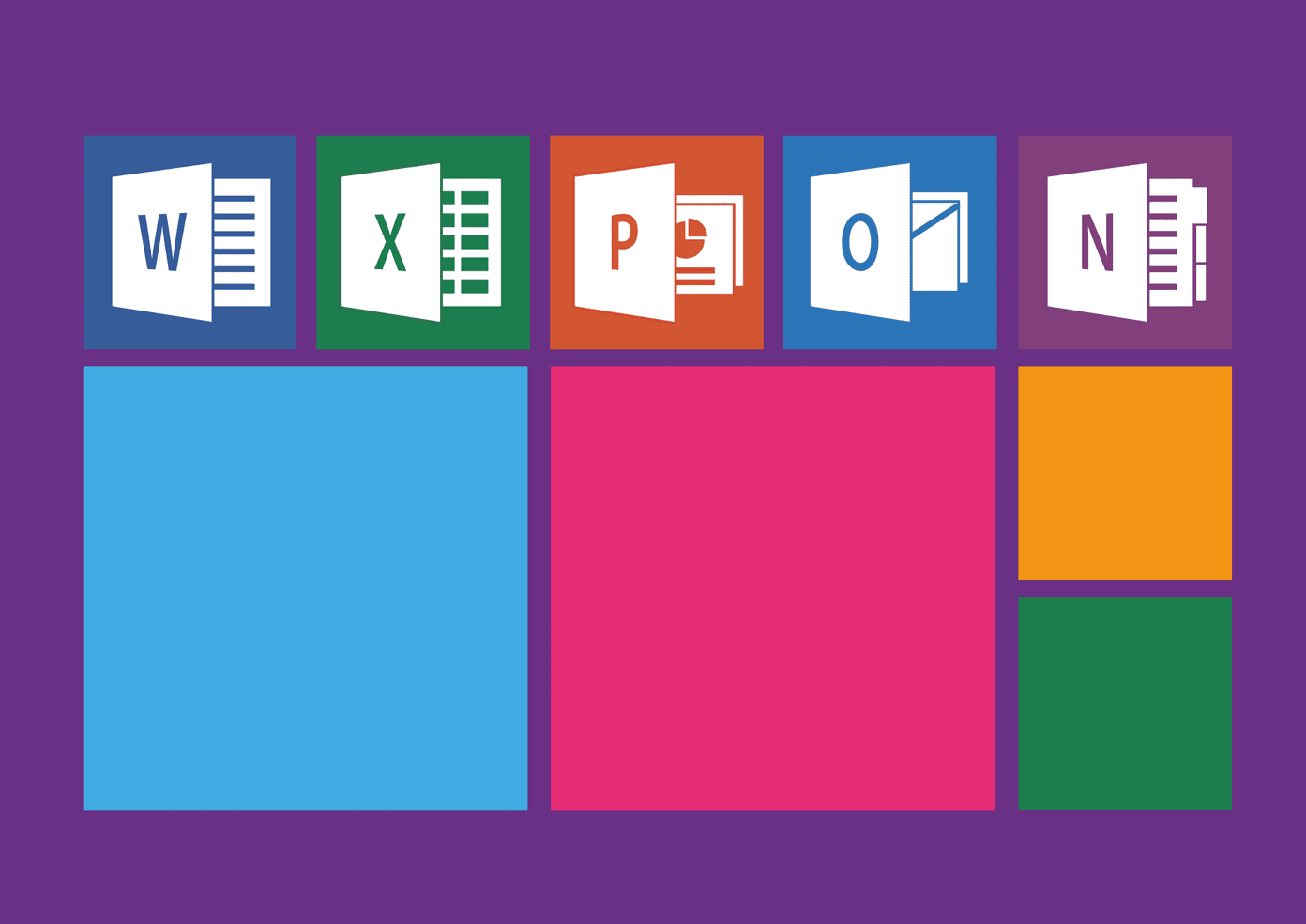Wait a minute. If you can use apps on a Windows 10 computer then what’s the difference between an app and a program? Aren’t they the same? Most users don’t know or care about the subtle difference between the two. They just download the app, or a program, and do what they want. However, it’s important to learn the difference for the sake of your system. I will try and explain the difference and similarities between the two with some examples below. Let’s begin.
1. What Do They Mean
The full form of an app is an application. By definition, it means all apps are programs, but not all programs are apps. That doesn’t help. Let’s dive deeper then. An app is a program or a collection of programs meant for the end user to perform a task or achieve a purpose. A typical Windows app is developed on the open source API based platform called Universal Windows Platform or UWP. It made a debut with the launch of Windows 10. The UWP allows the developers to create an app that is capable of running across all platforms such as Windows 10, Xbox, and HoloLens. I would have included Windows Mobile in the list, but it was discontinued. In simpler terms, programs are a set of executable instructions for the automatic performance of specific tasks on a computer. At times, they don’t offer any Graphical User Interface (GUI) and aren’t meant for the end user. A typical program developed for Windows 10 uses the Win32 API and sometimes, the .NET framework. Microsoft has a page dedicated to understand the benefits of both and the underlying programming languages they support. Programs are built to work on a single or a dedicated platform while apps are developed to work on more than one platform. We’re strictly referring to the Microsoft’s platforms beyond Windows.
2. How Do Apps and Programs Work
A program needs an installer that already has a package consisting of necessary files. Also, it may download more files from the web before installing itself on your computer. An app, on the other hand, is a single file that you download and install on your computer. You don’t need a separate uninstaller to remove an app, unlike programs. A program is a set of instructions that tells the computer what it must do. These instructions are delivered to the computer one at a time. It means that unless the computer executes instruction number 1, it will not receive instruction number 2 and so on. An app is always built with the end user in mind to complete a single task or a set of functions with input from the user. A program can run in the background without user intervention. Example of apps that you can download from the Windows Store is word processors and games.
3. How Similar Are Apps and Programs
An app is a collection of computer programs designed to help the end user solve many problems from a single user interface (UI). These programs then communicate and coordinate with one another to carry out tasks, functions or activities. That’s why I mentioned earlier – all apps are programs, but not all programs are apps. An app needs programs to exist and function to carry out all that the end user commands. Let’s understand this with some more examples. Windows 10 operating system carries a massive collection of programs and apps. It works to execute those commands and undertakes functions with the help of hardware such as RAM, HDD, and external peripherals, bringing everything together. A game like Minecraft is an app, and it is not concerned with running too many aspects of your computer. Minecraft needs Windows 10 to work and cannot exist or function without it. On a related note, apps further divide into web apps, computer apps, and mobile apps. For example, you can use the Gmail app on your mobile and web but not on your computer. It is a web and mobile app but not a Windows app.
4. How Are They Different
We know applications are programs. Are they the only type of programs in Windows 10? No. There are system programs as well which are designed to work with other systems or programs. Some examples include networking system, servers, drivers, firmware, and others. To better understand it, think of it this way. You want to use an app, but the app itself needs other programs to operate. In other words, you want to watch a movie in VLC app but the video player itself needs audio and video drivers to function. Another distinction is that an app has a user interface because it is designed to be used by a real person, but a program may or may not need a UI to function. Malware or virus that infect your computer don’t always have a UI, but they are programs.
Remember the Difference
The lines between what is an application and what is a program have blurred over the years. Most people use these terms interchangeably. They intersect each other many times but are not exactly synonymous. If you still can’t understand the difference, then it’s understandable. They are all just means to an end. Download it, use it, and get the job done. That’s what matters at the end of the day anyway. Names and jargon be damned. Next up: Using Windows 10? Here are 15 tips and tricks to use it in tablet mode. The above article may contain affiliate links which help support Guiding Tech. However, it does not affect our editorial integrity. The content remains unbiased and authentic.







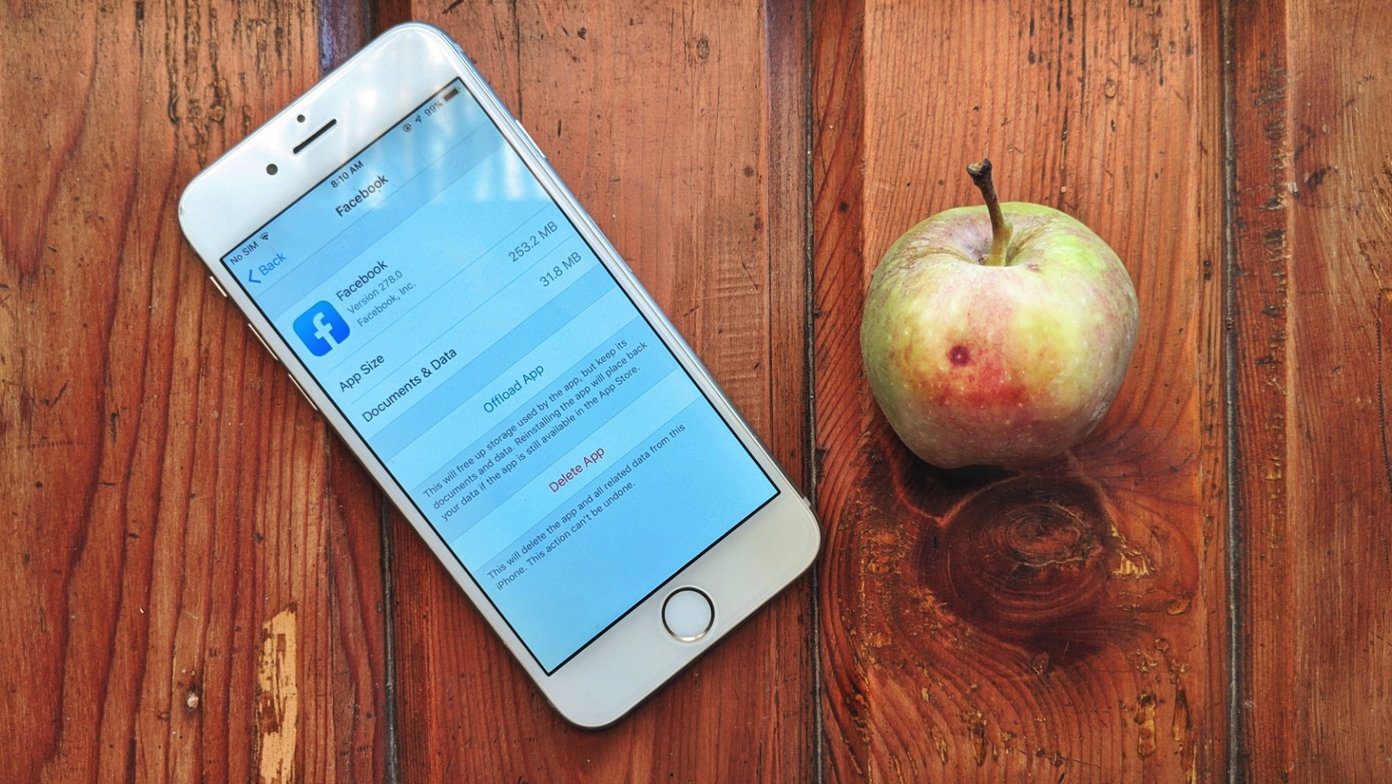
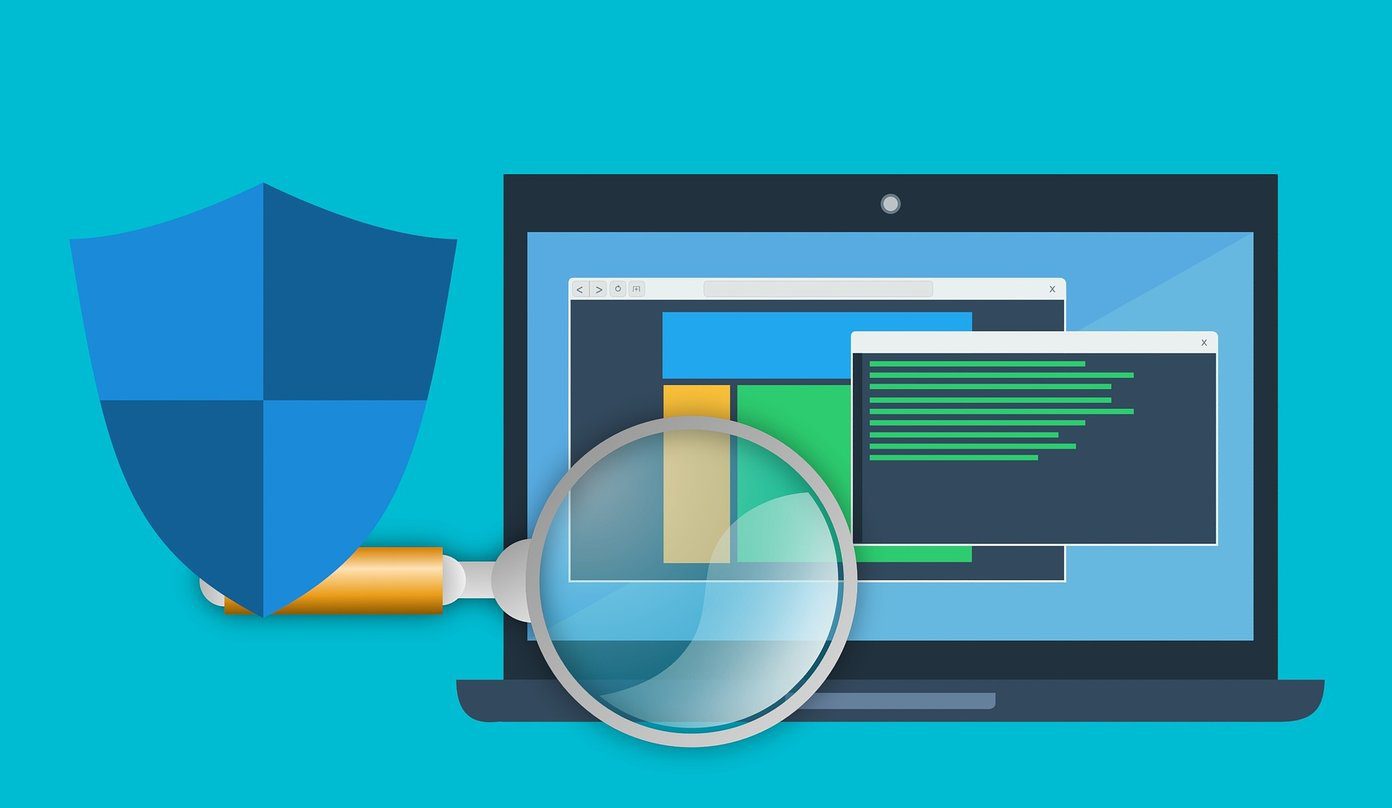
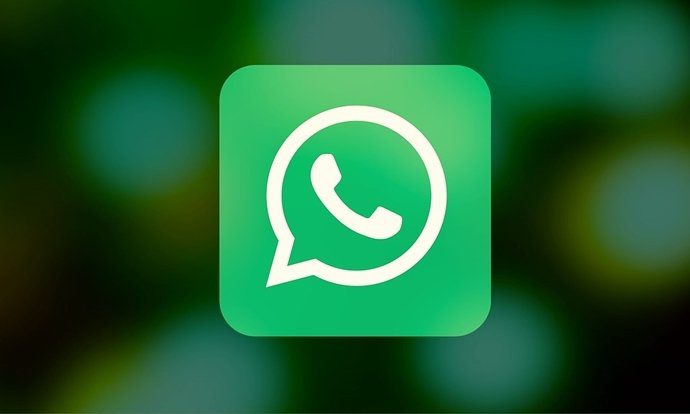
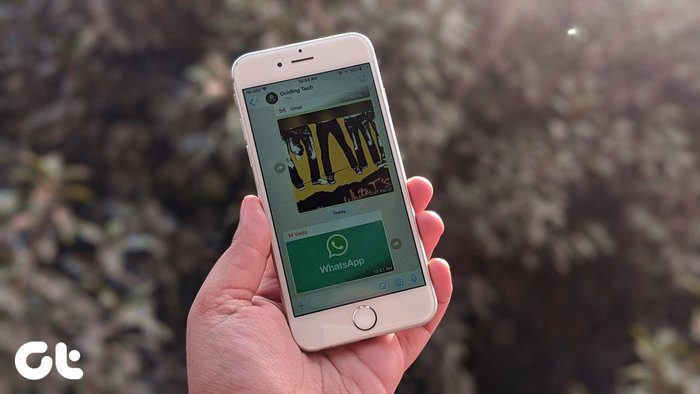
![]()
